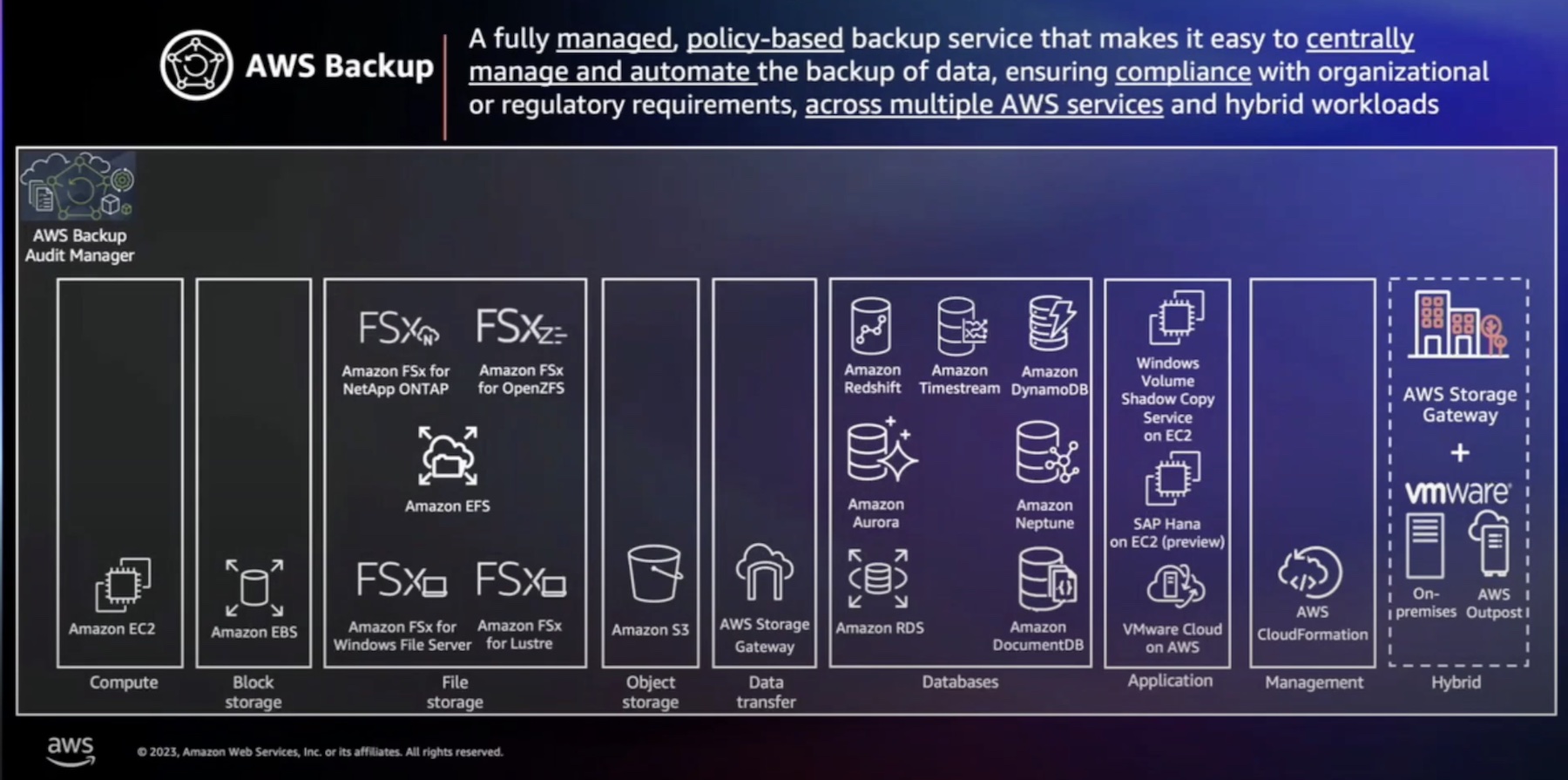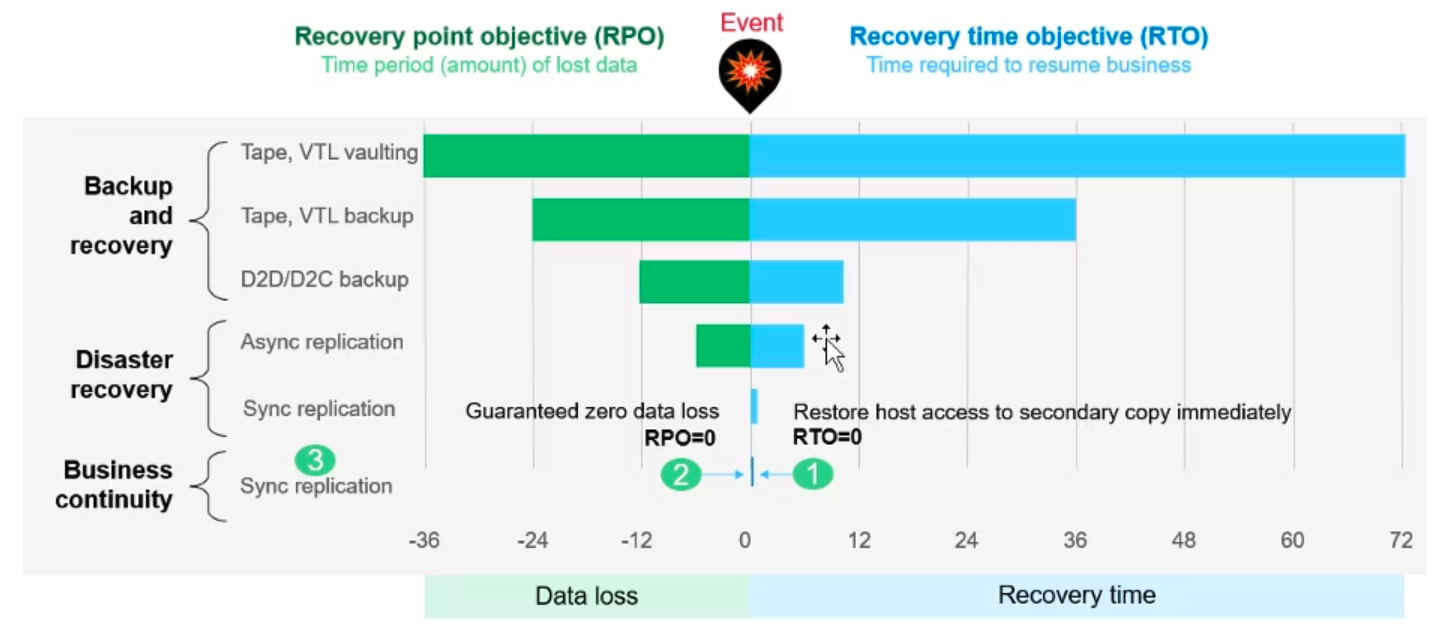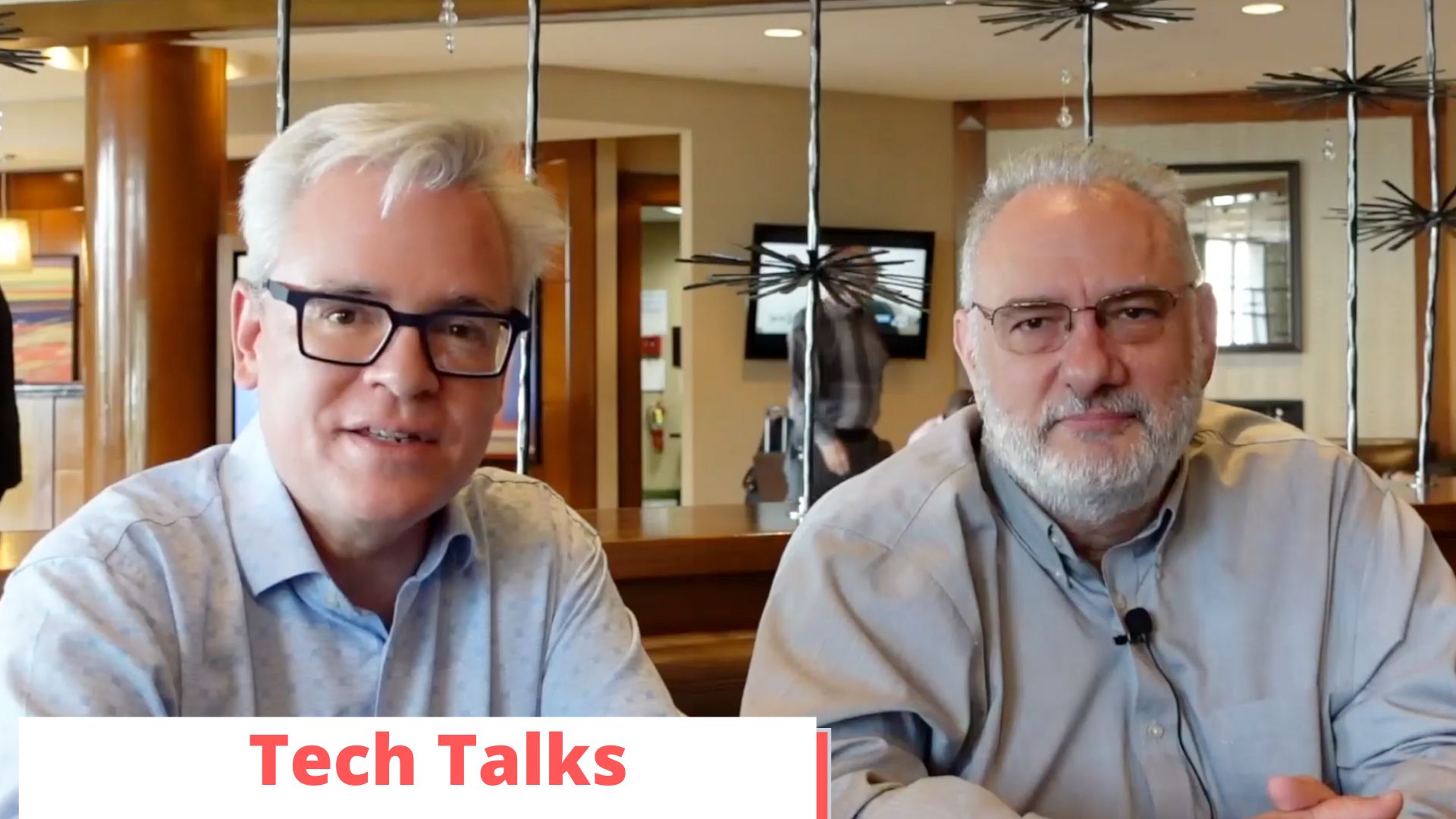In an ideal world, Cloud, with its near-infinite resources, seems like the perfect place to find more capacity to backup repositories. However, without optimization or thoughts of efficiency, consuming Cloud resources can quickly make backup storage costly. What if there was a way to free up some capacity on your more performant and expensive local storage by automatically tiering or offloading backups to cheaper and highly available object storage like S3? What if this could be accomplished while minimizing egress charges and not disrupting an organization’s existing restore workflow? At Cloud Field Day 5, Veeam Backup and Replication’s Cloud Tier showed us their new feature that sought to check those boxes.
The Promise of Backup and Recovery in the Cloud
IT operations gain complexity while data grows at a staggering rate. Meanwhile, the threat of ransomware infecting your storage and rendering all your data unusable looms. In addition, compliance requirements demand organizations to retain backups for longer periods. If all of these factors weren’t challenging enough, restores also need to happen quickly to avoid potential lost revenue and significant hits to application availability.
The struggles of managing backup and recovery have never been more real. Fortunately, backup products have evolved, and we have more places to store our backups today than just hard drives and LTO tapes. We have Cloud, too. Or we at least have the promise of cloud storage that can shrink and grow with the flexibility and agility that is typically absent in on-premises storage.
Cloud as backup storage demands you to optimize and design for efficiencies that support cloud scalability or you risk breaking the bank. S3 and object-based storage could be a good fit for this kind of backup storage.
Offload Backup Data from Local Backup Repositories
At Cloud Field Day 5, Veeam showcased Cloud Tier, a new feature (included with no additional licensing) offered in their Backup and Replication solution. This offering enables customers to automatically offload or tier backup files from their Scale-Out Backup Repository’s (SOBR) more performant storage to cheaper on-premises or cloud-based object storage. While this solution should free-up local storage, it’s important to note that it’s not an archiving solution (as of Veeam 9.5.4). In the case of the public Cloud, Veeam’s Cloud Tier does not require any additional storage or computer resources other than the object storage.
Leverage Policy to move Backup Files to Your Object Storage of Choice
Based on policy and backup type, Veeam Backup and Replication’s Cloud Tier determines what data to dehydrate. Dehydration only leaves behind the backup file’s metadata and a shell of the file. Intelligence in the backup and replication engine determines which files are sent to object storage. Existing blocks within a backup set that already exists within the Cloud Tier will not be sent. Effectively, per-job based block indexing results in source-side deduplication.

However, Veeam claims that the value proposition of its Cloud Tier includes a seamless restore experience, as well as its intelligent block recovery. Intelligent block recovery uses the closest non-offloaded restore point to source data blocks. Leveraging this approach helps with efficiency, speed of restore, and more importantly, reduces egress charges. Quarterly, Monthly, and Weekly backups, also referred to as Grandfather-Father-Son (GFS) sets, are an optimal candidate for this Cloud Tiering.
Cloud Tier enables you to offload backup files to your object storage of choice, whether on-premises or in the Cloud. S3 and S3 Infrequent Access, Azure Blog Storage, and S3 compatible storage from services providers are among the cloud options. On-premises hardware and software-based object storage are supported, too.
Conclusion
Theoretically, Cloud makes a good target for backups. However, the cost can quickly become prohibitive. An option that allows us to take advantage of cheaper S3 and accounts for minimizing egress charges and other inefficiencies and or other object storage can free up space of more performant local storage and offload to the Cloud.
To learn more about Cloud Tier, check out Veeam’s presentations from Cloud Field Day 5.




